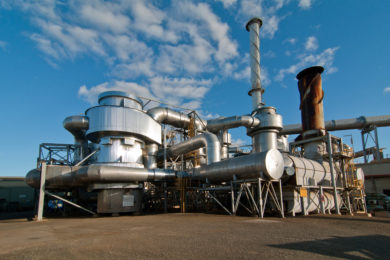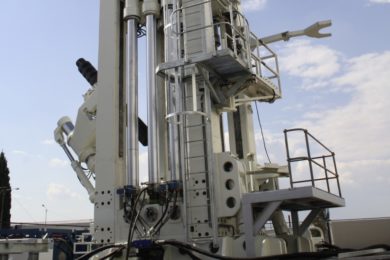Roskill will be releasing its new nickel report with forecasts to 2028. The report is important reading for anyone needing a comprehensive overview of the industry. Nickel: Global Industry, Markets & Outlook, 15th Edition will be available from Roskill Information Services in Q1 2019.
Nickel prices have continued to recover over the course of 2018, reaching $13,655/t and adding to the gains made in 2017 (when the LME cash price averaged $10,408/t), following the price’s low point of $9,605/t in 2016. Despite the further rise in prices seen in 2018, nickel prices remain relatively low by historical standards: the LME nickel cash prices were higher than this, on average, every year between 2005 and 2014.
The stainless steel sector is by far the greatest user of primary nickel…
Demand for nickel rose strongly in 2017, due mainly to increased consumption by the stainless steel industry. China continued to account for the greatest share of primary nickel consumption: the country accounted for around 53% of global consumption in 2017, while the stainless steel sector continued to account for the greatest share of total primary nickel consumption, at around 69%. It is not only that the stainless steel industry is large compared to the other users of primary nickel – where this stainless steel is produced also has a major impact on demand for primary nickel.
As mentioned, China represents over half of global primary nickel consumption, but it also accounts for over half of global stainless steel production. Although the country produces a high proportion of low-nickel content 200- and CrMn stainless steels, China’s stainless steel industry is heavily reliant on primary nickel units for the stainless steel that it does produce, thus leading to an elevated requirement for primary nickel, typically in the form of Nickel Pig Iron (NPI). Other countries, on the other hand, rely to a far greater extent on scrap, thus limiting the requirement for primary nickel.
2017 also saw the emergence of Indonesia as a new producer of stainless steel. The stainless mill that was commissioned in mid-2017 is owned by a Chinese company and was designed and built from the outset to exploit locally-available nickel ores that are converted into NPI on-site. The Indonesian mill (which will ultimately have a design capacity of 3 Mt/y of stainless steel) will, therefore, also be a major consumer of primary nickel.
…but the battery sector shows promising growth
Although the stainless industry is by far the largest producer of stainless steel, developments in the battery sector are likely to have a major impact on the nickel industry going forward. The major worldwide push to promote electric vehicles as a way of cutting emissions from fossil-fuelled vehicles has already resulted in increased primary nickel consumption in lithium-ion. It is the future demand, however, that could lead to a boom in primary nickel consumption from the battery sector. This will have a major impact on the nickel industry, not only because this will open a new source of strong demand, but also because of the type of nickel that the battery industry will require.
Nickel sulphate is the key raw material for the nickel in lithium-ion batteries, and producing this will require an increase in the production of class I material. However, most of the growth in output in recent years has been in the form of NPI for the Chinese (and now also for the Indonesian) stainless steel industry. One of the key issues for the nickel industry going forward will be how to supply the material that the battery industry will require.
The picture shows BHP’s Nickel West Australia.










